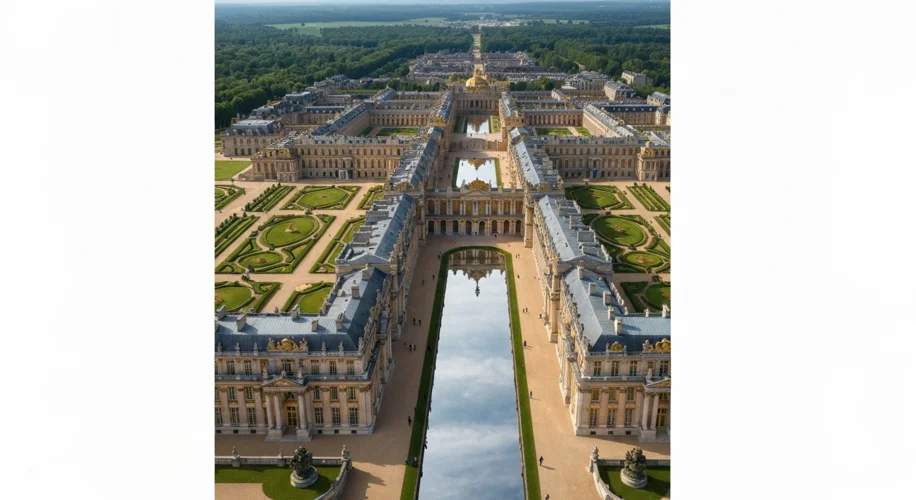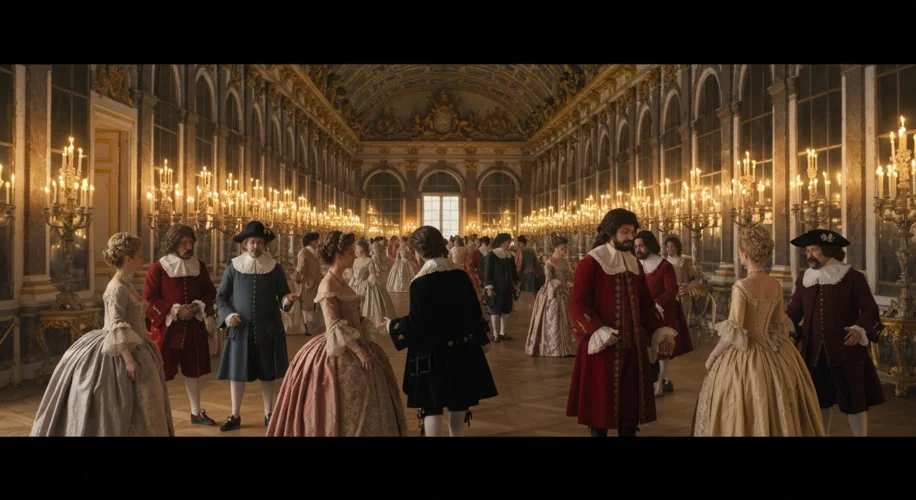The year is 1661. A young Louis XIV, the Sun King, ascends to the throne of France, embarking on a reign that would redefine monarchy and leave an indelible mark on history. Yet, beneath the gilded façade of absolute power, Louis XIV constructed a magnificent cage – the Palace of Versailles – designed to house not just his court, but his very subjects, meticulously controlling their lives under the guise of royal splendor.
Before Versailles, French royalty and their retinues were a more mobile bunch, flitting between various chateaux and Paris. This decentralized existence, however, afforded nobles a degree of independence that Louis XIV found increasingly irksome. Powerful aristocrats, with their own fiefdoms and private armies, posed a perpetual threat to his burgeoning absolutism. The Fronde, a series of civil wars during his childhood, had instilled in him a deep-seated fear of rebellion and a burning desire to consolidate power.
Louis XIV’s solution was audacious: he would lure the nobility away from their power bases and bring them directly under his watchful eye. The modest hunting lodge at Versailles, already a favored retreat, was to be transformed into a dazzling monument to his glory and the ultimate symbol of French dominance. This wasn’t just about building a palace; it was about orchestrating a new way of life, a grand performance where Louis XIV was the star and the aristocracy were his supporting cast.

The transformation of Versailles into a royal residence began in earnest in the 1660s and continued for decades, involving thousands of workers and immense expenditure. It was to become not merely a home, but a meticulously designed machine for controlling the nobility. The palace itself was a masterpiece of Baroque architecture and landscape design, filled with opulent salons, breathtaking galleries like the Hall of Mirrors, and sprawling gardens that were as much a stage for courtly life as they were a work of art.
Life at Versailles was a tightly choreographed ballet of ritual and ceremony. The king’s day began with the Lever, a public ritual where nobles vied for the honor of assisting him with dressing, shaving, or even holding his candlestick. This was followed by meals, audiences, hunting parties, and religious services, all conducted in the presence of a select few, and often, the entire court. Every aspect of a noble’s existence, from waking hours to intimate bodily functions, was subject to the king’s schedule and the public gaze.
The consequences of this enforced proximity were profound. While it successfully neutered the aristocracy’s independent political power, it also fostered an environment of intense competition, gossip, and intrigue. Nobles became obsessed with gaining royal favor, dedicating their lives to mastering the intricate etiquette and currying the King’s attention. Their wealth and energy were channeled into elaborate fashions, opulent parties, and maintaining the appearance of prestige, effectively draining them of the resources and inclination to challenge royal authority.
Public perception, at least among those who could observe or hear tales of Versailles, was a mixture of awe and resentment. To the common people, the extravagance of Versailles was a stark contrast to their own meager existence. Stories of the palace’s opulence fueled discontent, contributing to the growing chasm between the monarchy and the populace. While the aristocracy was captivated by the gilded cage, the masses saw it as a symbol of their exploitation. Later generations, particularly during the French Revolution, would view Versailles not as a marvel of kingship, but as a monument to the excesses and indifference of the monarchy.
Louis XIV’s reign at Versailles was a masterstroke of political theater. By transforming the court into a dazzling spectacle, he secured his absolute power, making the nobility dependent on his favor and draining their capacity for rebellion. The

